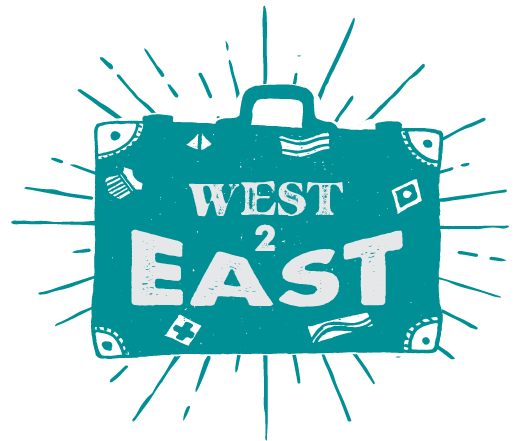Minorities in Turkey: Syriac Orthodox Christians
While Turkey is 99% Muslim, there are some minority faiths that exist in the country as well. During our tour of Mardin province, we learned more about one of these, namely, the Syriac Orthodox Church.
The Syriac Orthodox Church finds its roots in the early church at Antioch, a former province of Syria, now located in modern-day Turkey. They trace their patriarchal line from Peter, who is seen as the first patriarch of that fellowship at Antioch. Due to seasons of unrest the church has changed the location of its patriarchate at various times throughout history. Originally based in Antioch, it has also been located in Mardin (Turkey), and now is in Damascus.
The worldwide Syriac community stretches throughout Middle Eastern countries including Syria, Lebanon, Iraq, and Jordan, with the largest contingent being located in India. There are pockets of communities throughout other parts of the world as well, including in Turkey.
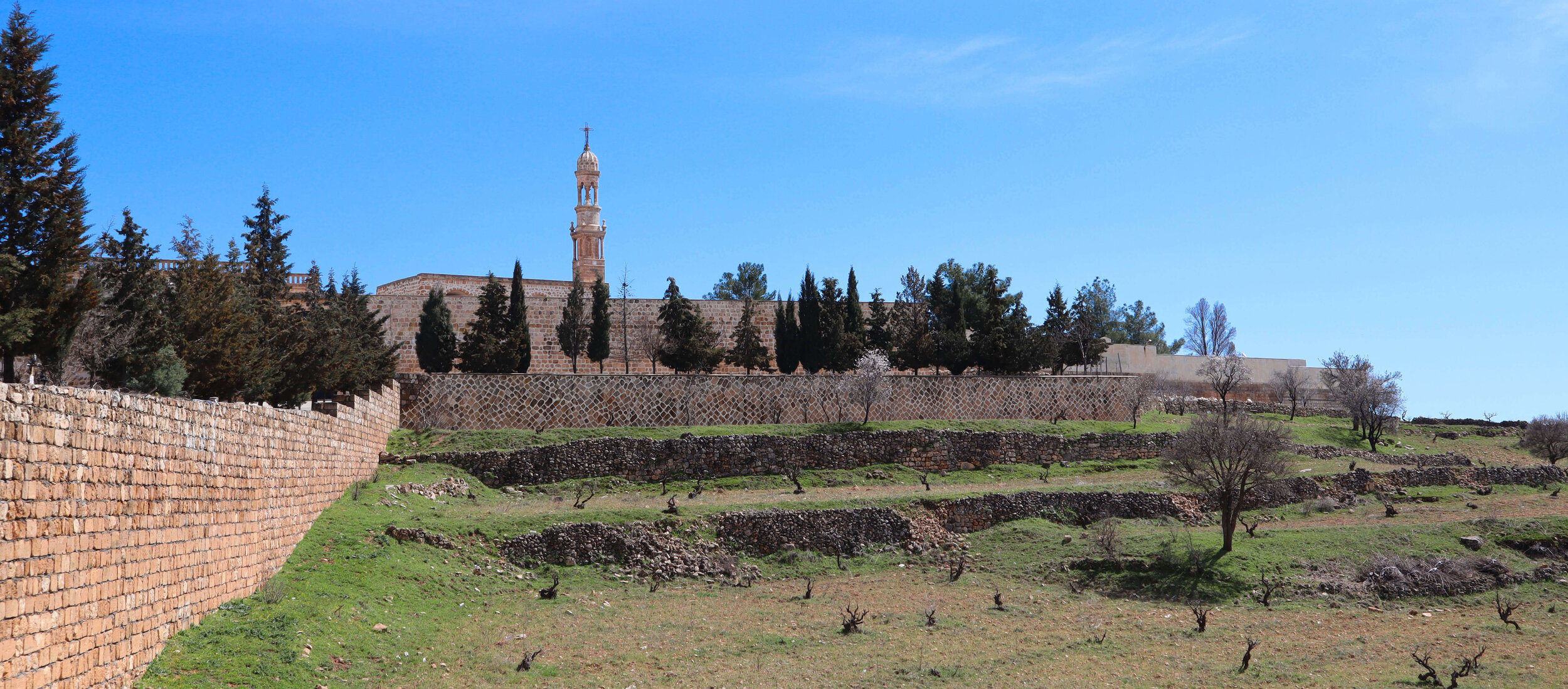

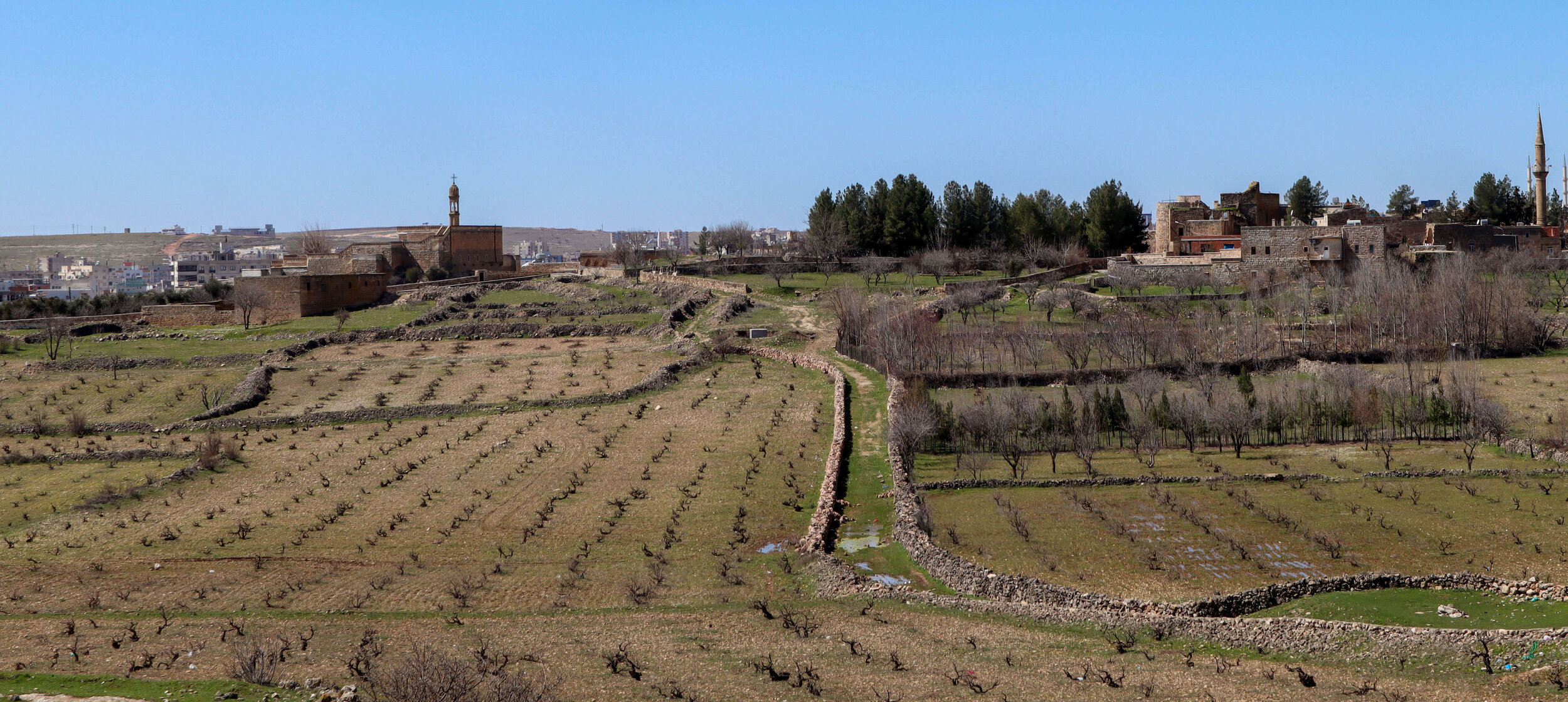
The Syriac community in Turkey is concentrated in the province of Mardin. It used to be a larger community, as the architecture of the province shows. In a country whose skylines are typically dominated by minarets, it is surprising to see crosses poking up into the sky, and yet in this province dozens of old church buildings remain standing, with small congregations still gathering to worship in them. There are also some active monasteries in the province.
The town of Midyat in Mardin province is home to one of these small communities. We pulled up to one of the active monasteries in the town, hoping to be able to look inside. Unfortunately the visiting hours for the monastery are very limited, and we did not show up on the right day.
Walking through the old streets adjacent to the monastery, we found several church buildings. While most of them were locked and closed, there was one whose door was ajar. Inside we met a priest who spoke with us about the community there. He told us that there was a small community of Syriac families who still met together regularly to worship in the church buildings we had seen. He told us, however, that there are not enough of them to meet in all the buildings at once. In order to maintain the buildings, the one congregation uses all of them on a rotational basis. We learned that the Syriac language, in which they read their Bibles and perform their liturgy, is quite close to Aramaic, the language spoken by Jesus Christ.
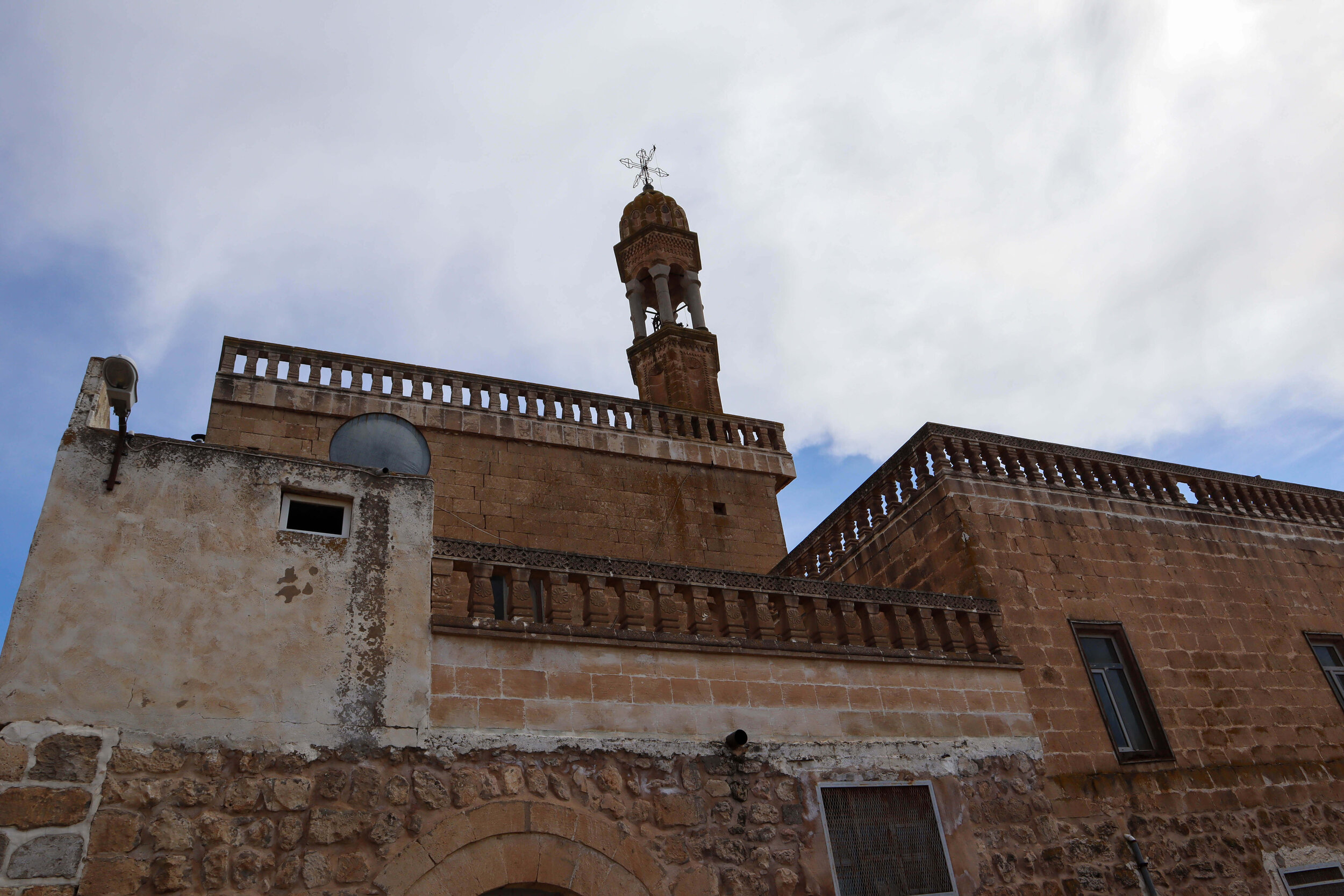
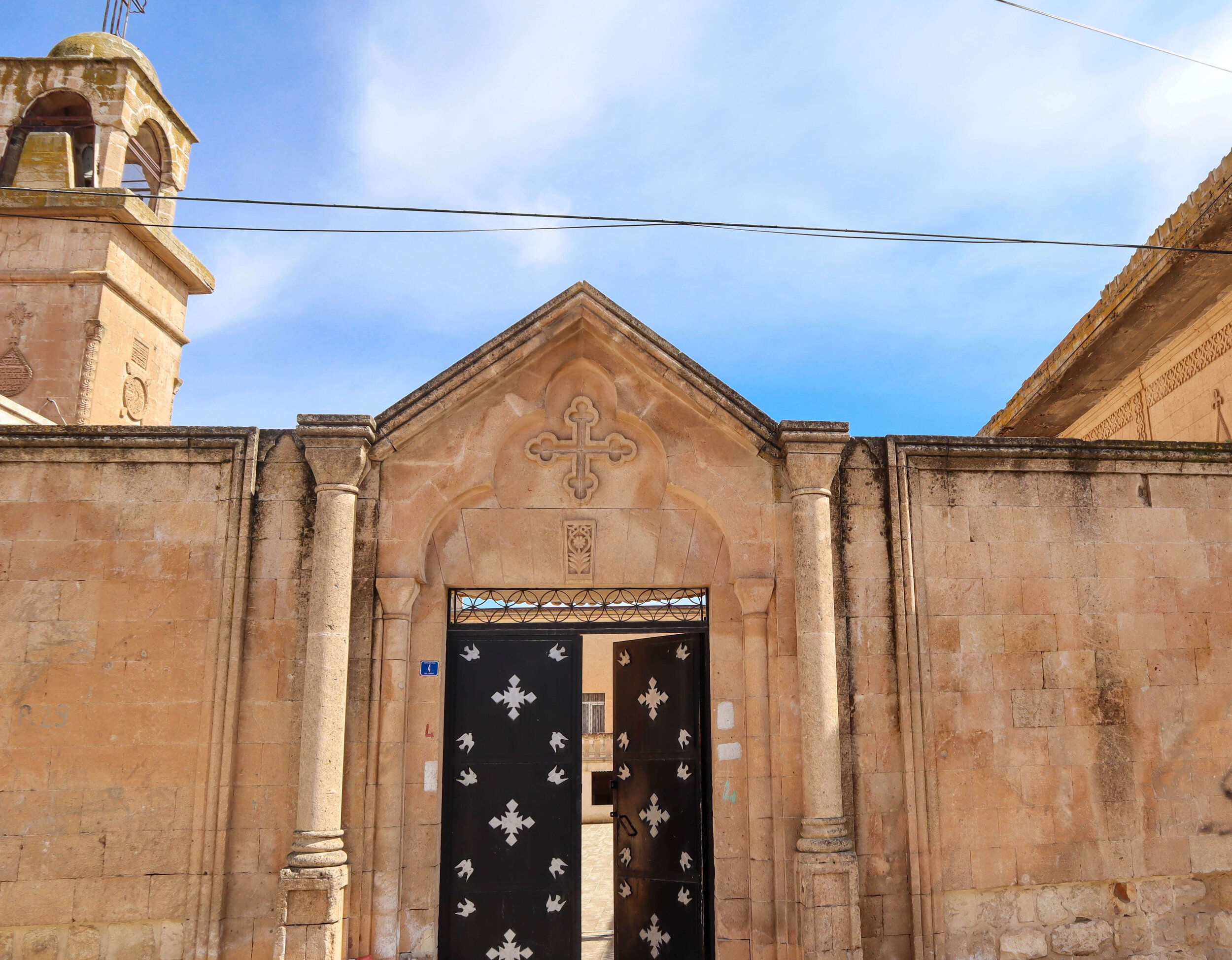
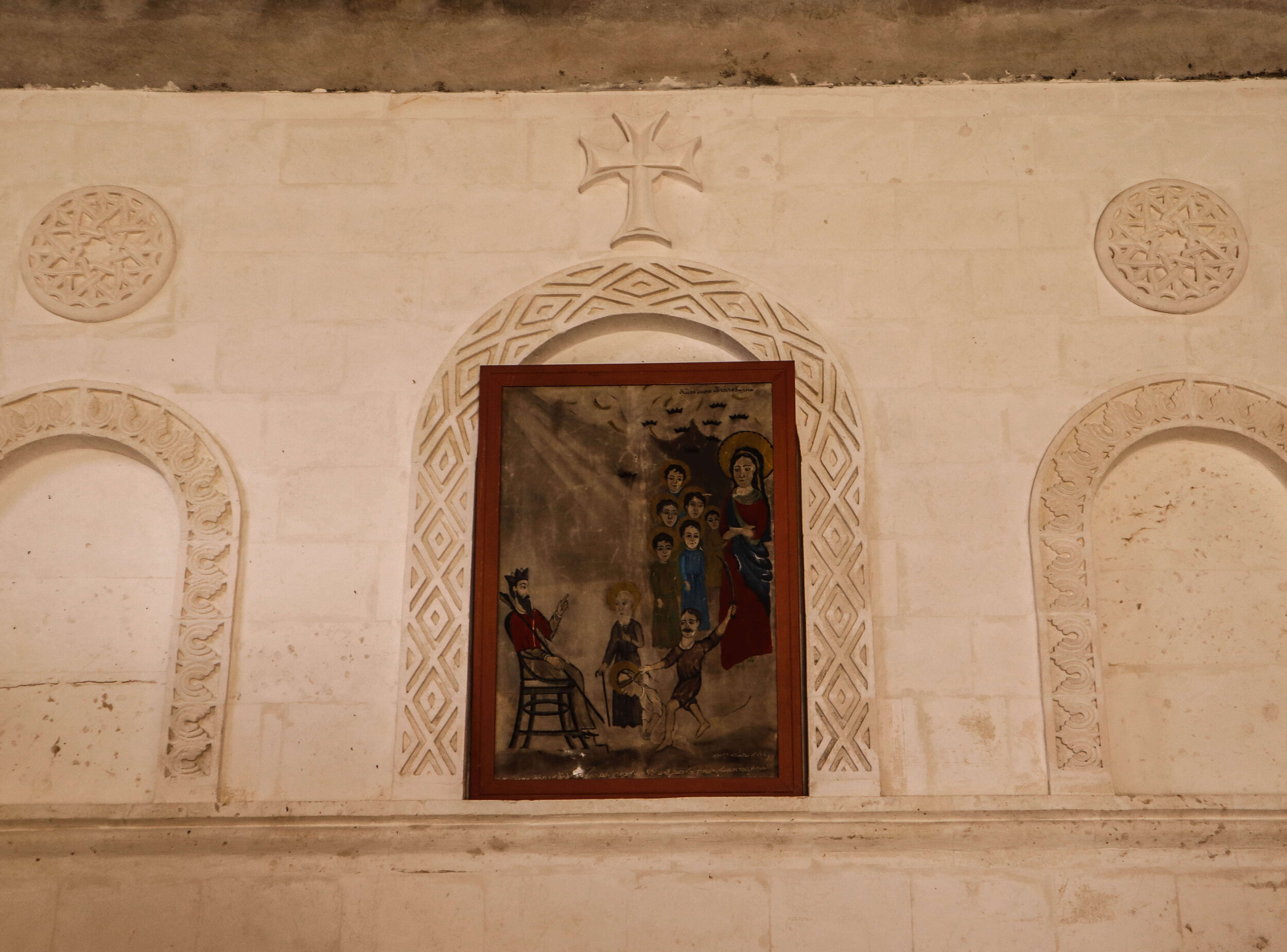
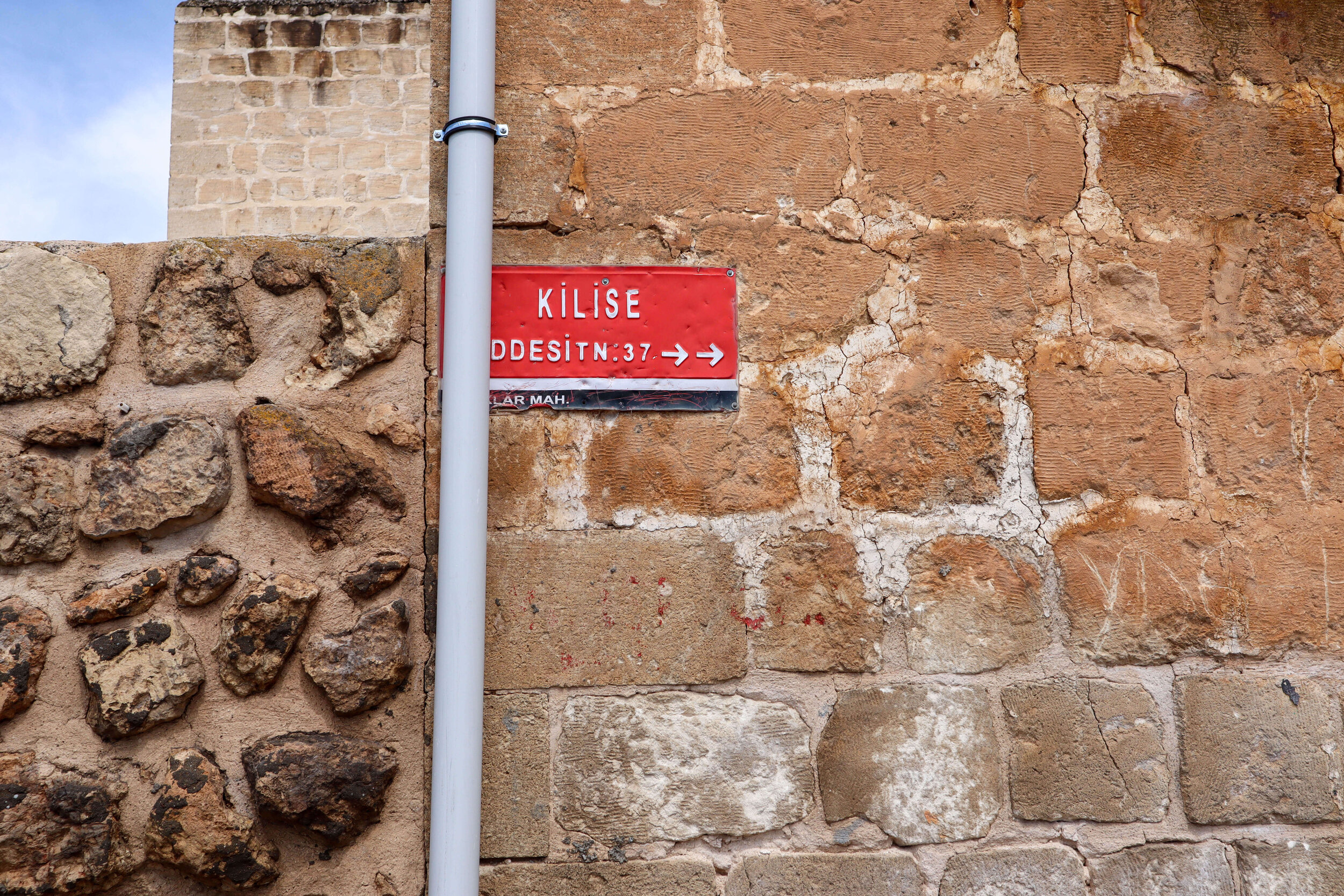
The Christian community in Midyat is also known for their silver-working skills. They specialize in telkari, or, silver filigree. The jewelry and other pieces we saw while there were beautiful. I got myself a pair of earrings from a Syriac man who proudly explained that his silver-working trade had been passed down to him from his father and grandfather.
The many churches and the Syriac presence in Midyat and Mardin made the province feel almost like a different country at times. It was a reminder to me again of the historic diversity that this land has seen throughout the centuries. While some of those cultures are lost forever, pockets of others, like the Syriacs, remain and carry forward their traditions in the modern age.
Want to read more about the Syriac Orthodox Church?
https://syriacpatriarchate.org/
TO OUR FRIENDS IN THE WEST, KEEP LOOKING EAST!
Ginny Lou Henley
Ginny Lou is a co-founder of West2East. Originally from Alabama, Ginny Lou has called Turkey home for the past nine years. To read more about her, click here.
